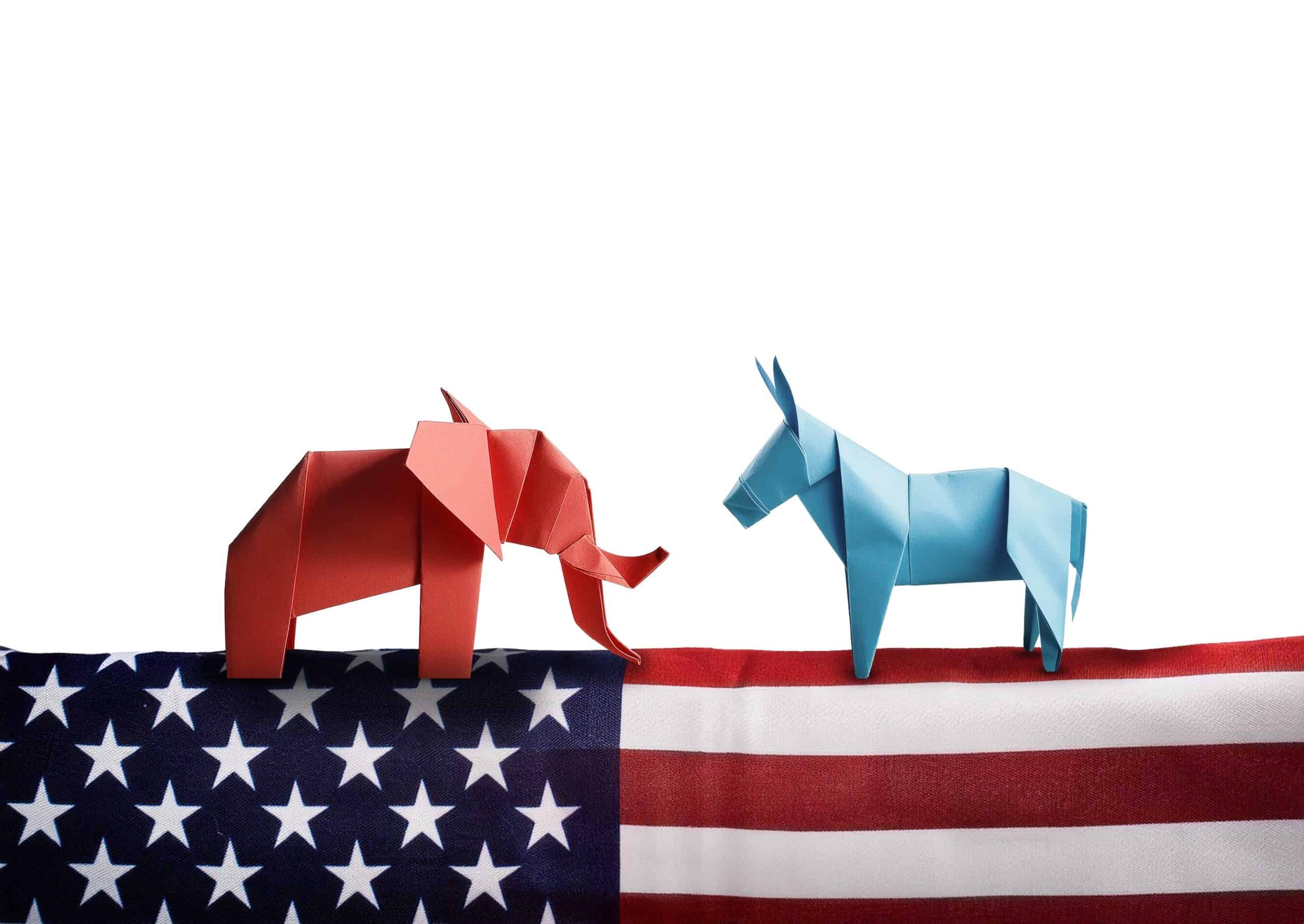When explaining political parties to children, there are a few important factors to remember. With young children, their capacity to understand complicated concepts depends on the child. However, the simpler you keep the facts, the easier it will be for them to understand.
Keep it Simple
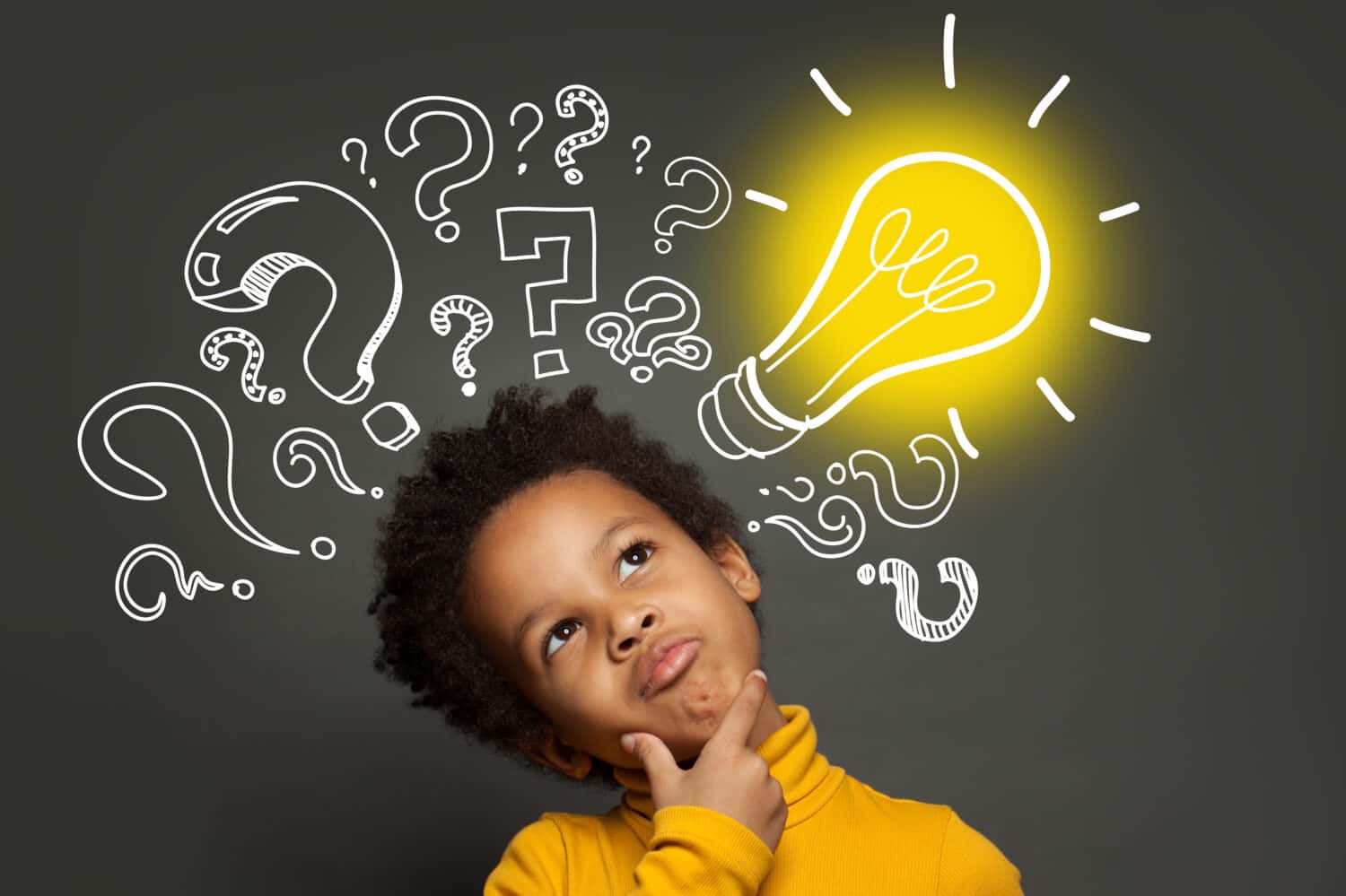
©MillaF/Shutterstock.com
First, keep your information simple. Diving deep into what each political party stands for may confuse young children. Instead, keep the concepts as simple as possible. The younger the child, the more straightforward your explanations for each political party should be.
You can also be the judge and assess how sensitive your child is. Some policies may be complicated for a child to understand if they are young. As your child ages, add to what you have already taught them by diving deeper and discussing more complex ideals and policies.
Try to Refrain from Bashing the Political Party You Aren’t Part Of

©chrisdorney/Shutterstock.com
It’s easy in today’s society to allow politics to rile us up, and while there’s nothing wrong with being passionate about politics and our beliefs, there’s a time and a place. When introducing political parties to our children, our goal is not to make our children exactly like us. We don’t want them to become mirrors of our ideals and beliefs if it means they don’t learn to think critically and form their own opinions.
Instead, as your child grows, your goal is to teach them how to think for themselves and form their own opinions. Sure, many families will consider it great if their children have opinions similar to theirs, but it’s only beneficial to the child after they learn to research and form their own thought process.
Remember Your Goal

©krakenimages.com/Shutterstock.com
Your goal when explaining politics to children is not to influence their thinking. Instead, it is to explain history and the process and teach your child how to develop critical thinking skills. So, when introducing the political parties to your child, take a step back and be as logical as possible. Explaining policies without bashing what the other side believes or over-explaining the policies of each party opens up doors for deeper discussion. Additionally, it allows your child time and room to explore all the political parties without feeling like they need to mirror the thought patterns of those around them.
Start with a Basic Understanding of Government

©iStock.com/eurobanks
If your child has yet to learn about government or politics, you can begin by explaining in a basic way. Here are some simple topics to hit on while explaining what a government is and then dive into more specific areas, such as political parties and elections:
- A country’s government is responsible for safety, keeping order, and helping the country run smoothly.
- Not every country has the same type of government.
- In America, we are a Democratic Republic. This means that the people play an essential role in electing government officials.
- Voting is how we decide who will be in our government.
- An election is the process in which the people of the country vote on who they want in government.
- A political party is how we elect our government and public office.
- A political party is a group of people who are split up based on their ideals, beliefs, and goals. We use political parties to help us vote for our government.
- Each country has its own political parties, and not every country has a two-party system. However, in the United States, our political parties are primarily made up of two major parties.
What is the Purpose of a Political Party?

©CHUYKO SERGEY/Shutterstock.com
Here is a simple and easy way to explain political parties to your kid:
Political parties encourage people to vote for candidates whose beliefs are close with their own. This is so the candidate can vote on laws and situations that these political parties feel passionately about.
The two major parties are called Democrat and Republican. Other political parties in the United States include third parties, such as the Libertarian, Independent, Green Party, and Reform Party.
These are not the only political parties in this country; in fact, there are many political parties in the United States. However, only two political parties are nationally recognized. Those are the Democrats and Republicans.
A political party is a group of people that organizes themselves to support specific policies. Therefore, to understand these political parties, it’s important to get an overview of the policies each one supports.
Explaining Political Parties to Young Children

©New Africa/Shutterstock.com
When explaining political parties to young children, remember to keep it light and simple. Too much explanation of policies may only confuse them. Instead, bring the concept to your child’s level to give your child a basic understanding of what political parties are.
Young children do not need a complex explanation, especially if you believe they can’t yet understand policies.
If you decide to introduce political policies to your children, summaries for each party are listed in this article. If your child is young, you can simplify each explanation to fit their level of understanding. Remember, keep the explanations light and on their level.
Use a Concept That Your Young Child Can Understand

©Studio Romantic/Shutterstock.com
You can use examples that include their world to understand the concept of political parties better.
For example: Imagine you are in a group of kids who all want to create a game. The goal is for every single person to have fun, but not everyone agrees with how the game should be formed and played.
Some groups believe the best way to make a game is to make it fair and want all the groups to benefit. Then maybe you have a group that thinks it’s best for all the kids to make their own decisions. Further still, maybe another group thinks everyone will have more fun if there are really strict rules and then maybe some think that they do not have to follow strict rules to have fun.
Both sides may have some great points and ideals, but they all want the game to be played their way. This is very similar to political parties. Both political parties want people to thrive and succeed in life. However, they are made up of people who believe differently about the best way to get there.
Explaining Political Parties to Pre-Teen and Teens

©SpeedKingz/Shutterstock.com
As your child ages, they may be ready to understand more complex policies and ideals that each political party stands for. In this case, as you approach the topic, there are a few things to remember:
- The best method for explaining each political party to your child is to present the information in an informative and non-biased way.
- Keep it fact-based.
- As your child grows, they may begin feeling specific ways about policies that differ from you. Keeping an open mind will allow you and your child to discuss topics without causing relationship problems.
- The most important thing is teaching your child how to become a critical thinker who can do research and form their own opinions. These capabilities will help them become an informed citizen. This should be an important goal, not whether or not their beliefs mirror those of your own.
One of the best ways to approach political party explanations is by focusing on each core principle.
Political Parties Vary
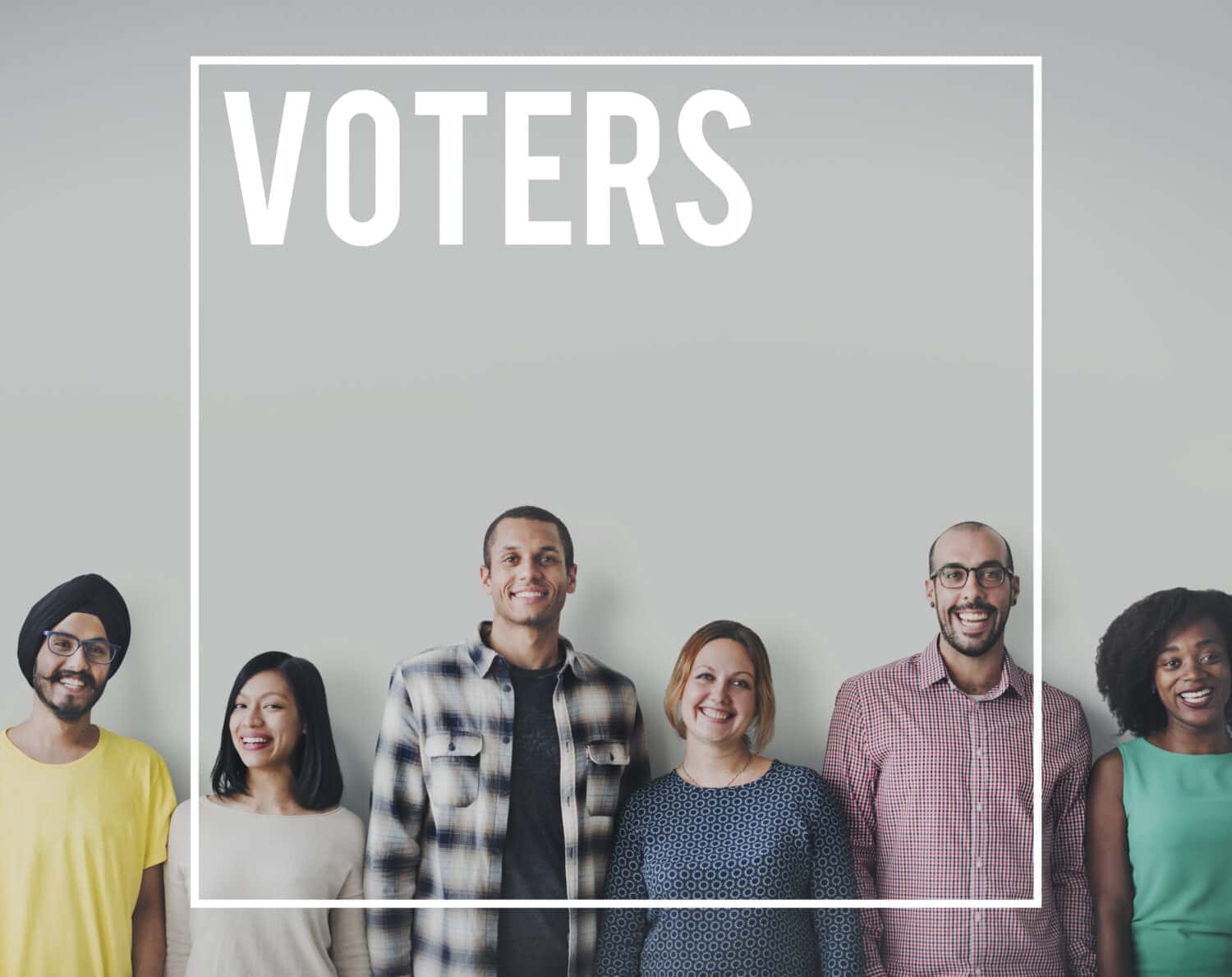
©Rawpixel.com/Shutterstock.com
When explaining political parties to your child, have them think of the concept as one long line. The parties are split in the middle, but within each political party is a wide range of beliefs about core principles. Although a person may resonate more with a particular party’s policies, they most likely do not agree with every single thing their party represents. Some are very far on the line, and some are close to the middle of the line, balancing closely between the two parties. Those who teeter in the middle of the line are considered more moderate. While those who are very far from the middle are sometimes thought to be extreme.
As your child learns more about their own values and opinions, they may alternate on that line. One of the best ways you can explain what each political party stands for is by focusing on each of their core values. Use these easy breakdowns to explain what each political party is. Then take a look at the overview of each party’s core values. Adjust how much you tell your child based on their capabilities of understanding complex ideas.
Explaining to a Child: What is A Democrat?

©danielfela/Shutterstock.com
A Democrat is a member of the Democratic party in the United States. They are also sometimes called liberals. The modern Democratic party values progressive ideas and equality and is open to change. Additionally, the Democratic party is the oldest party in the United States, so it is no surprise that their beliefs (like those of Republicans) have changed over the last 200 years.
Logos and colors also represent political parties. A Democrat’s logo is the donkey, and their color is blue. They are also sometimes called left-leaning.
The Democratic Party values social responsibility and community.
The Democratic Party’s Core Values

Since the Democratic Party values community and social responsibility, many of its core values stem from making life better for society as a whole. Therefore, these core values lead the party to support:
- Tax cuts for middle-income and lower-income families
- Higher taxes on corporations and the wealthy
- Equality for all
- Higher minimum wage
- Government interventions that give aid to those who need it
- Support government regulating of corporations
- Restricting drilling oil in order to protect the environment
- In favor of finding alternative energy sources
- Pro-choice (believe women should have the right to choose what they do with their bodies)
- In favor of lighter penalties for crimes
- Decrease in military spending
- Stricter restrictions on gun laws
- Support restrictions on trade in order to protect American jobs
- Support labor unions
- In support of Universal Healthcare
- In favor of environmental reforms and protections
Explaining to a Child: What is a Republican?
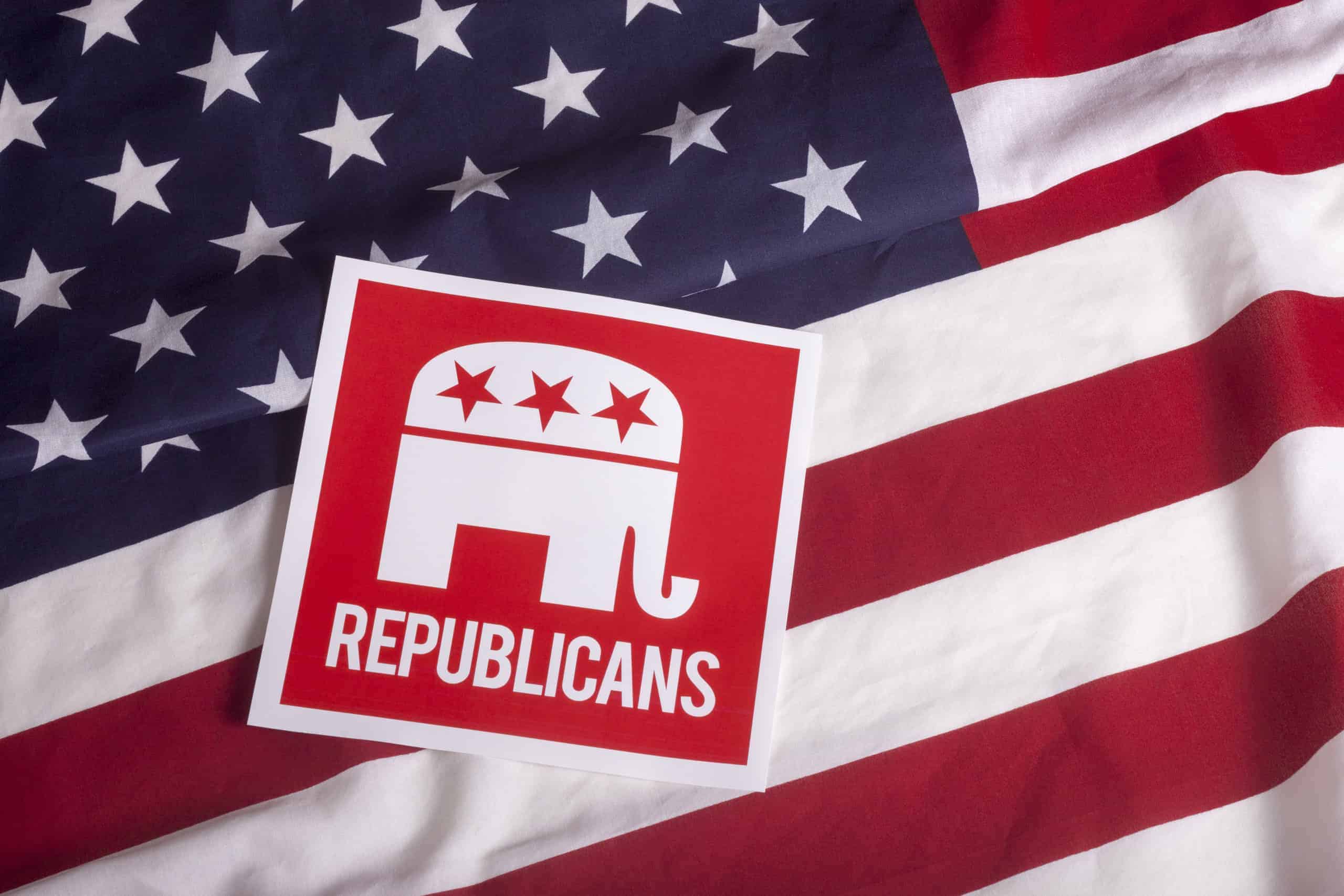
©danielfela/Shutterstock.com
A Republican is also known as the GOP or “Grand Ol’ Party.” Their values lie in conservatism (tradition) and freedom. This party was formed in 1854. The formation of the Republican Party was created by a group of activists who were against the expansion of slavery.
Their logo is the elephant, and they are represented by the color red. This party is sometimes called right-leaning.
Additionally, the core values of the Republican Party are centered in freedom and personal responsibility.
The Republican Party’s Core Values
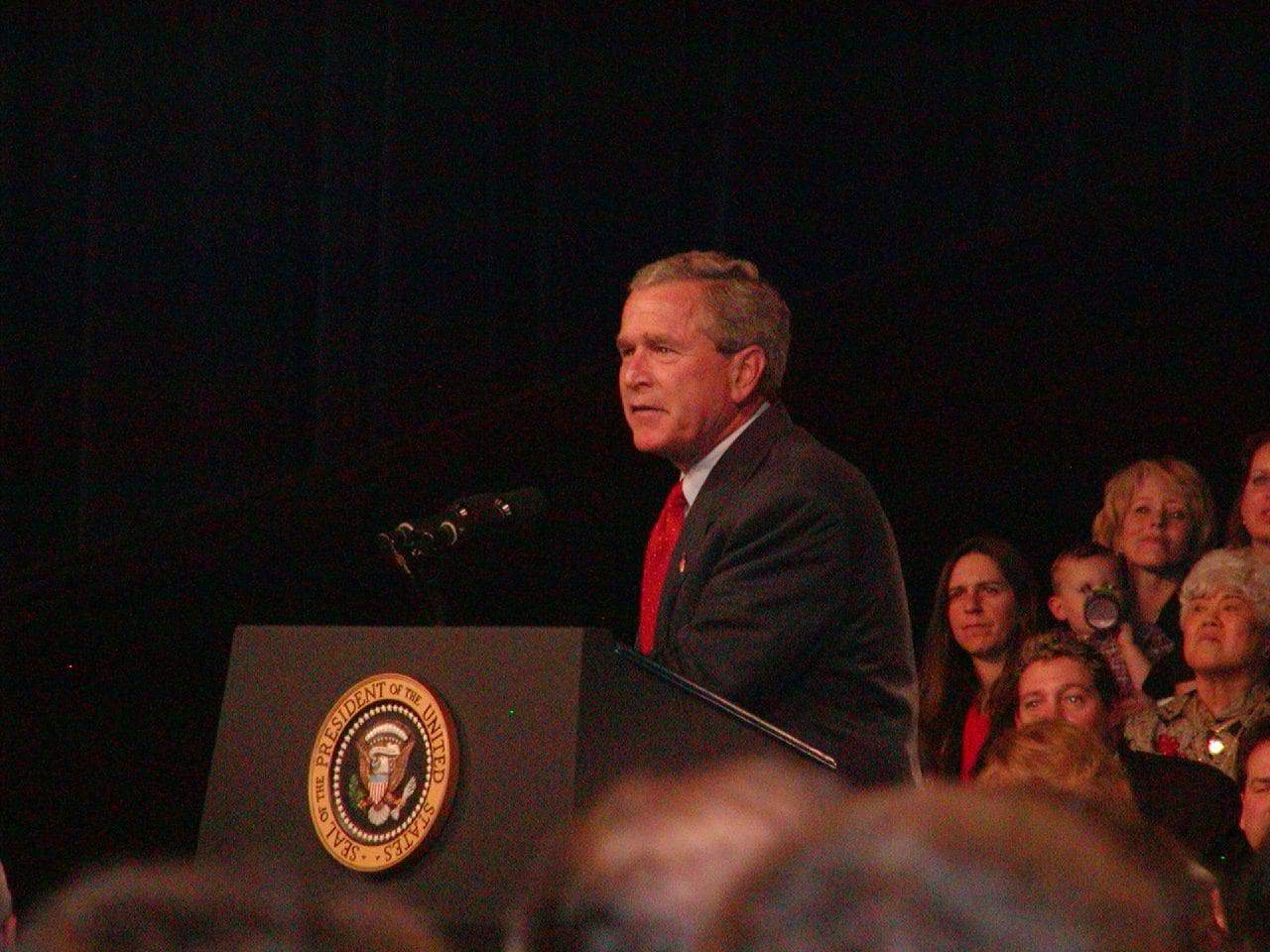
©Ken Lund from Reno, Nevada, USA, CC BY-SA 2.0 - Original / License
The Republican Party values conservatism (tradition) and freedom. Since freedom is a core principle of this party, their core values are in support of self-reliance, individual rights, and less government involvement. Their main core principles are:
- Tax cuts for everyone, including the wealthy and large corporations.
- Supports more self-reliance and less government-run welfare programs.
- Values the Second Amendment and support less gun control.
- Are pro-life (support an unborn baby’s right to be born.)
- Support strong penalties for crimes, sometimes including capital punishment.
- Favor drilling for oil in the USA, in order to keep energy costs low.
- Believe in supporting private organizations.
- In favor of school choice which includes charter schools and school vouchers.
- Support the free market.
- In favor of free trade, to keep costs low so American businesses can grow.
- Believe in restrictions for labor unions.
- Desire to create a strong military in order to maintain a “common defense.”
- In support of traditionally held values.
Explaining to a Child: What are Third Parties?

©roibu/Shutterstock.com
Although there are two main political parties in the United States, there are also several third parties that exist. However, the most well-known third parties are:
- Libertarian: Supports having very little government involvement and individual autonomy. Support political freedom and individual responsibility.
- Tea Party: Values changing the thinking about how the government spends our tax dollars.
- Independent: They do not fit the mold of either major political party. On any given issue they can lean one way or another, therefore independents set themselves apart as not being affiliated with any political party.
- Green Party: Values nature and believes that since people are part of nature we should care more for our environment.
- Reform Party: Support higher ethical standards for the government. They also believe in balancing the budget that the government spends.
In Conclusion

©legenda/Shutterstock.com
Explaining political parties to your children does not have to be daunting. It’s important for your child to be informed. Giving them a firm foundation of what each political party believes and why will help your child form their own opinions. Their beliefs and ideals may also change as they age, so giving them room to grow is important. If your child’s opinions don’t mirror yours, it’s not a recipe for disaster. Families can have tactful conversations about politics without allowing their differences to cause a rift in their family.
The image featured at the top of this post is ©Josh Namdar/Shutterstock.com.
